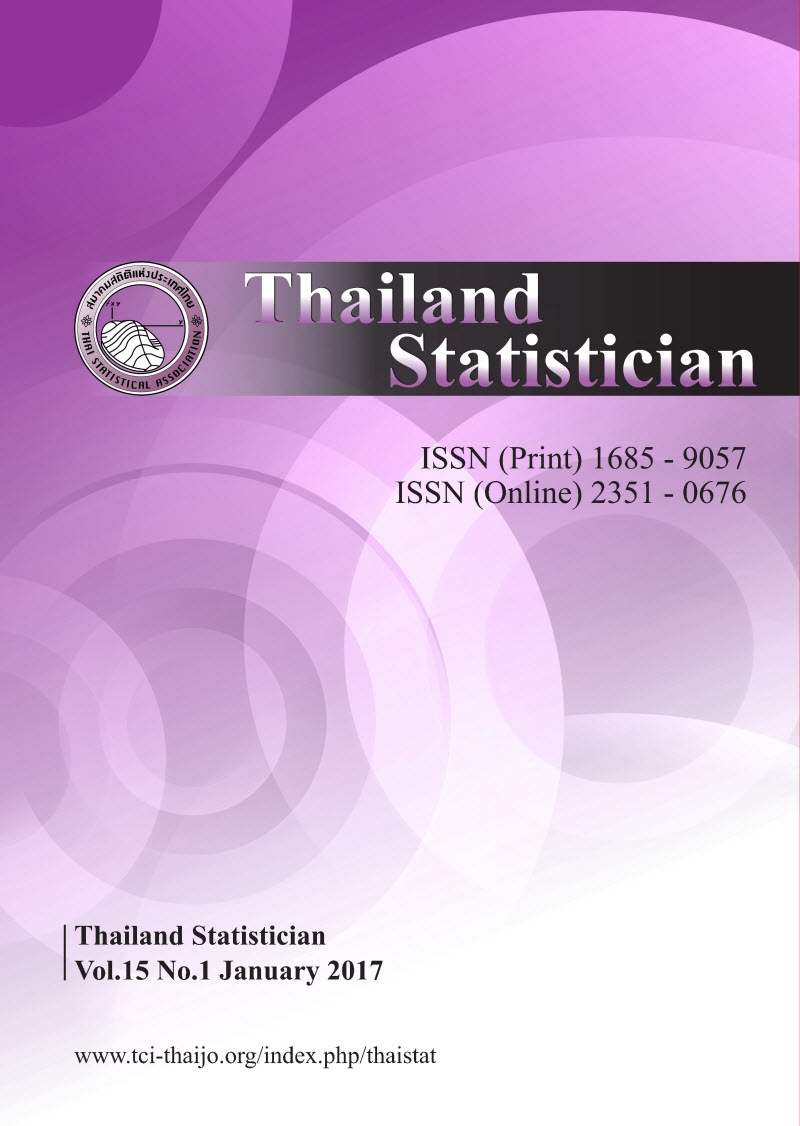Application of Ranked Set Sampling Design in Environmental Investigations for Real Data Set
Keywords:
Lognormal distribution, ranked set sample mean, ranked set best linear estimator, sample meanAbstract
Cost-effective sampling methods are of major concern in Statistics, especially when the measurement of the characteristic of interest is costly and/or time-consuming. In the early 1950’s, for effectively estimating the yield of pasture in Australia, McIntyre (1952) proposed a sampling method which was later known as Ranked Set Sampling (RSS). Ranked set sampling can provide an efficient basis for estimating parameters of environmental variables, particularly when sampling cost is intrinsically high. The use of ranked set sampling for estimation of the mean of lognormal distribution with known coefficient of variation has also been examined by Shen (1994). Barnett (1999) suggested some specific attention to lognormal distribution encountered with environmental problems and achieved highest possible efficiency (e.g. in estimation). In the present paper we have studied in brief the application of ranked set sampling design for environmental investigations has been demonstrated with the help of a real data set. Three different estimators or forms of estimators, viz., the sample mean, the ranked set sample mean and the ranked set best linear unbiased estimators (ranked set BLUEs) which take the form of linear combinations have been considered. These three estimators illustrate the design effects for the particular case of lognormal distribution.Downloads
How to Cite
Tiwari, N., & Pandey, G. S. (2015). Application of Ranked Set Sampling Design in Environmental Investigations for Real Data Set. Thailand Statistician, 11(2), 173–184. Retrieved from https://ph02.tci-thaijo.org/index.php/thaistat/article/view/34223
Issue
Section
Articles



